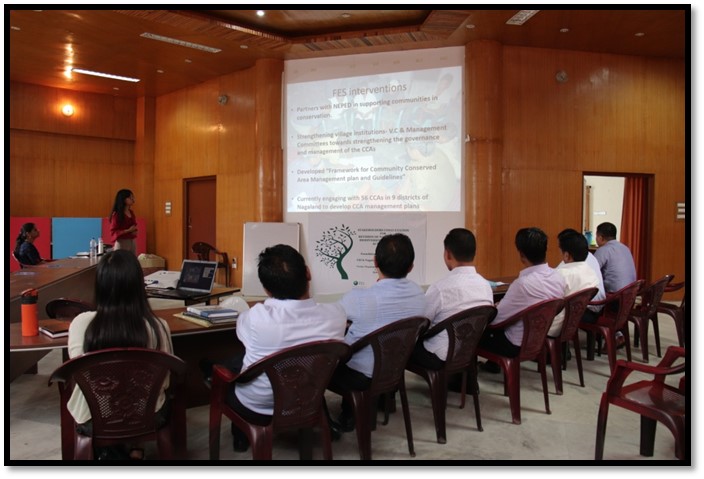Biodiversity and its resources are the backbone of any rural economics, whose population is directly dependent on it. Urban economics too has a plethora of activities with direct linkages to biological resources. In other words, each and every activity is in a way or another, related to the usage and management of it. Identification of each and every stakeholder doesn't seem a feasible option as all are a party to it. It was therefore implied that those related to policy decisions and governance would be the apt group for consultative processes and thus was followed.
The key feature in preparing this document and for effective implementation is the involvement of interdisciplinary working groups/different stakeholders - Government Agencies, Experts, NGOs, traditional institutions, educational and research institutes and local communities concerned with biodiversity
